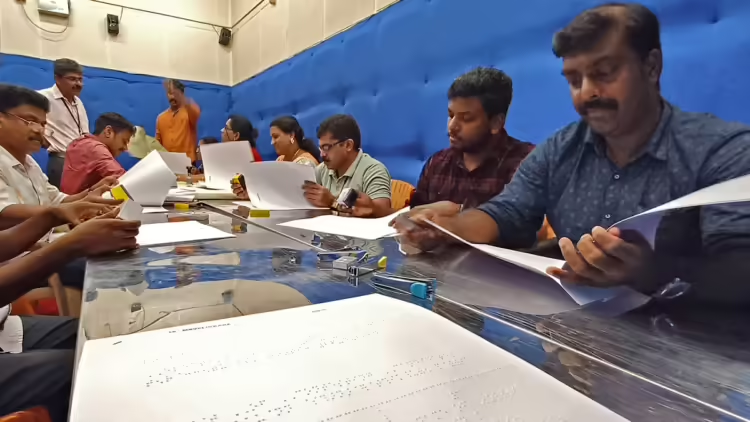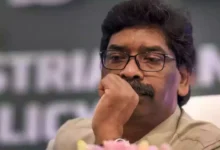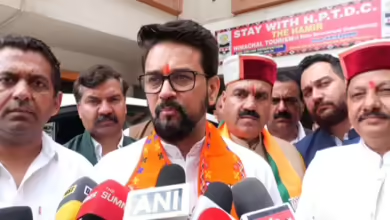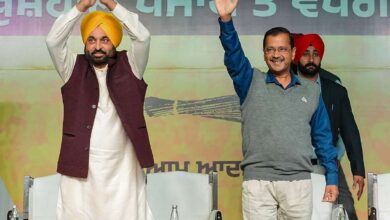Glory to the braille
Kerala’s visually impaired voters want to use braille ballots and braille-enabled electronic voting machines (EVMs) to independently exercise their right to vote this year.

Even after the Election Commission introduced the provision in the 2016 assembly election, the majority of voters with visual impairments still needed help. However, the Kerala Federation of the Blind (KFB) reports that a growing proportion of electors with visual impairments want to vote on their own over time.
“The transparent nature of the open voting system has never changed. Voting with someone else’s assistance goes against one’s conscience and free will, according to KFB General Secretary Abdul Hakkim.
There have been cases when voters with visual impairments have been coerced by those providing assistance to vote for certain candidates. Furthermore, it will never be certain that the individual providing assistance indeed hit the button for the specified candidate. We are independent of everyone thanks to the braille system.
Abdul said that some voters with vision impairments want to confirm their aided vote. “However, there is a chance that the specifics will be made public,” he said.
Approximately three lakh people with vision impairments reside in Kerala. A significant proportion of individuals who are born blind have learned braille throughout their school years, with the exception of those who become blind later in life.
The accessibility requirements of individuals with visual impairments are addressed under Section 11 of the Rights of Persons with Disabilities Act, 2016. And as a result, polling locations with braille capabilities were adopted.
“Complaints about voting with an aide are common. Head of the State Commissionerate for Persons with Disabilities and former judge S H Panchapakesan, who is in charge of printing braille ballots for the next elections, said, “We do not promote it.” “Voters can quickly identify their choice and cast their ballot with the assistance of braille-enabled facilities.”
The candidate name, party, symbol, and serial number are listed on the braille “dummy ballot” in the same sequence as on the electronic voting machine. Voters may get more used to the design and functionality of an electronic voting machine by using these braille ballots.
All polling places will have braille ballots accessible, so voters who are blind or visually impaired may choose their preferred candidates and cast their votes by following the braille serial number on the electronic voting machine.
There is braille signage on the EVM balloting equipment. To aid voters who are blind or visually impaired in identifying their selection, the numbers 1 through 16 are engraved in braille on the right side of the device, next to the candidates’ vote buttons.
The braille ballots are being printed by the Kerala Federation of the Blind. “The printing for 16 constituencies is now complete. We’ll complete the remaining tasks over the next two days,” Abdul said.
“The ballots are produced after many proofreading iterations and with the relevant authorities’ consent. The written content will be given to
by April 20th, to the Election Commission.







